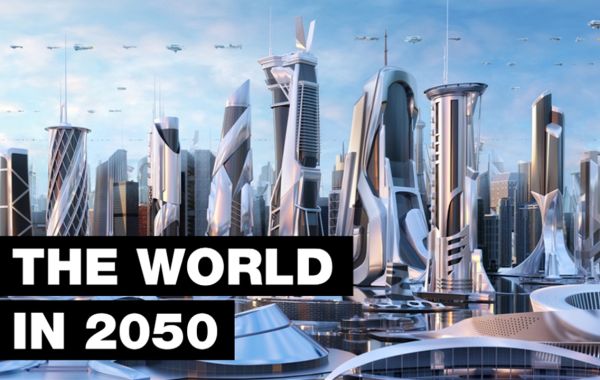In the article, I looked at the issues that may face the world in the next half-century. I discussed climate change, rising sea levels, and the need for electric vehicles. I also examined the challenges of supply chains. The world today is far different from the world of 2050.
Climate change
Climate change is an urgent issue facing the world today. Almost two degrees of global warming has already occurred since the pre-industrial age, and this warming trend is expected to continue. Already, human-made emissions of heat-trapping gases are destroying ecosystems and melting ice sheets. Lakes and rivers are beginning to melt earlier, and plant and animal ranges are shifting.
In an attempt to stave off this dangerous trend, the international community launched The Climate Pledge. This pledge encourages individuals and companies to pledge to reduce their carbon emissions. The goal is a 50% reduction in carbon dioxide emissions by the end of this century.
Rising sea levels
Rising sea levels are a major concern for people living in coastal cities. Every extra inch of seawater will erode beaches and worsen flooding during hurricanes. It will also erode sea walls and infiltrate storm drains and sewer systems. Aside from destroying coastal communities, rising sea levels will also negatively affect infrastructure and regional jobs.
Rising sea levels will also put pressure on coastal ecosystems, which provide important ecosystem services such as recreation, protection from storms, and habitat for fish. In addition, rising seas could contaminate freshwater aquifers, which sustain agricultural and municipal water supplies. And this won't just be a problem for cities, but for natural ecosystems around the world.
Electric vehicles
Electric vehicles are expected to make up a substantial part of all automobile sales by 2050, but the transition is not going to happen overnight. According to a report by the Fuels Institute, it will take at least seven years for EVs to make up 50% of the market. That's a long time to wait for EVs to take over the world's roads, so policymakers should consider other options, such as vehicle sharing or used car trade-in programs.
Several studies have examined the current market situation and projected electric vehicle sales by 2050. The Bloomberg New Energy Fund (BNEF) estimates that there will be a global market opportunity for electric vehicles of up to $46 trillion by 2050. The report suggests that governments will have to take aggressive action to accelerate adoption and transition. For instance, they should mandate the electrification of fleets and create zero-emission zones in cities.
Supply chains
By 2050, global supply chains will require USD100 trillion of investment, with half of this amount going to SMEs. As the 'new front' in the battle against climate change, these firms will need creative solutions to transition to a sustainable future. This will require a major shift in organizational culture and business models, along with the development of technological platforms to overcome hurdles.
The human dimension will be a key factor in the rebalancing of the global supply chain. Statistics are ineffective for predicting big changes, as they can't handle unexpected volume changes. Also, statistical models can't handle the unpredictable nature of events, such as a pandemic. Therefore, the human factor must be a key part of decision-making processes. This is why the Toyota Principle of autonomy is so useful: automation with a human touch.
Mental toll
The world of 2050 will be much different than it is today. The average lifespan of a human will be longer, and many fatal diseases will be a thing of the past. By the same time, however, environmental factors will cause many people to experience mental health problems. As a result, by the 2030s, depression will outnumber heart disease as the leading cause of death. Stress, unemployment, environmental degradation, and war will all be contributing factors.
There are several global programs that are designed to address mental health issues and climate change in a holistic way. These include the Sustainable Development Goals, which include measures to protect and enhance mental health. There are also the Global Mental Health Movement, which promotes a holistic conception of health, and the Sendai Framework, which aims to reduce disaster risks. In addition, the United Nations Human Settlement Program (UNHCP) aims to promote sustainable urban development.
Author Bio:
I'm Alisha Dean, I'm an LLB degree holder with vast experience in law assignment writing and write my assignment for me. My skills in writing and editing have played a huge part in my successful progression through academia so far.








